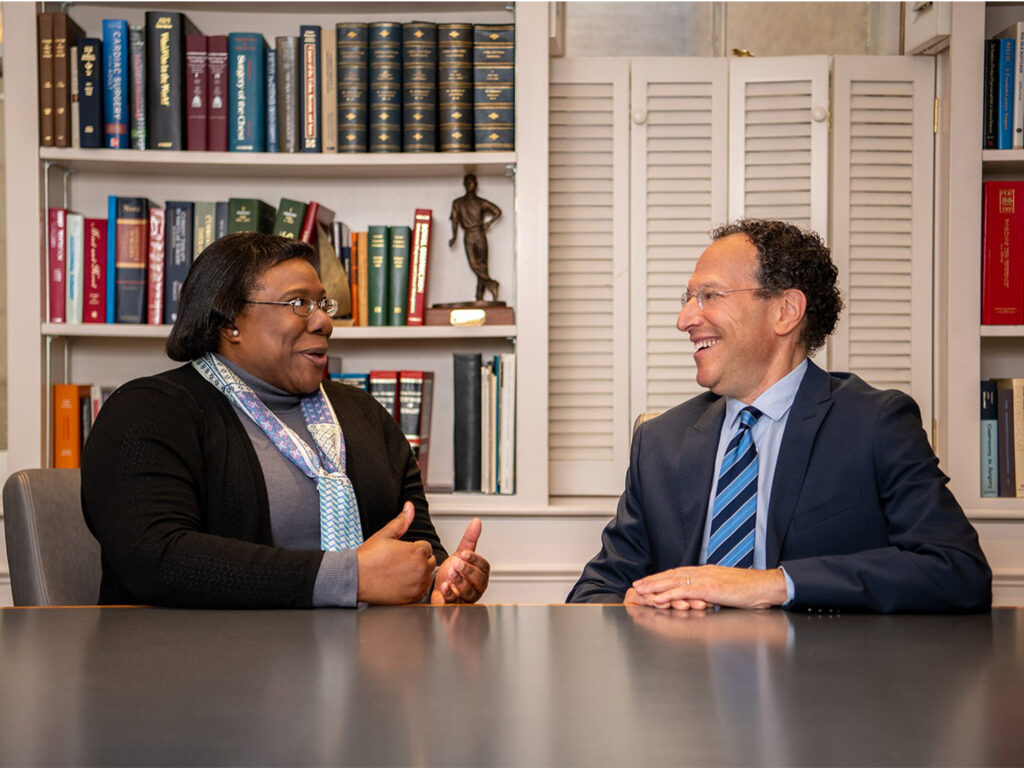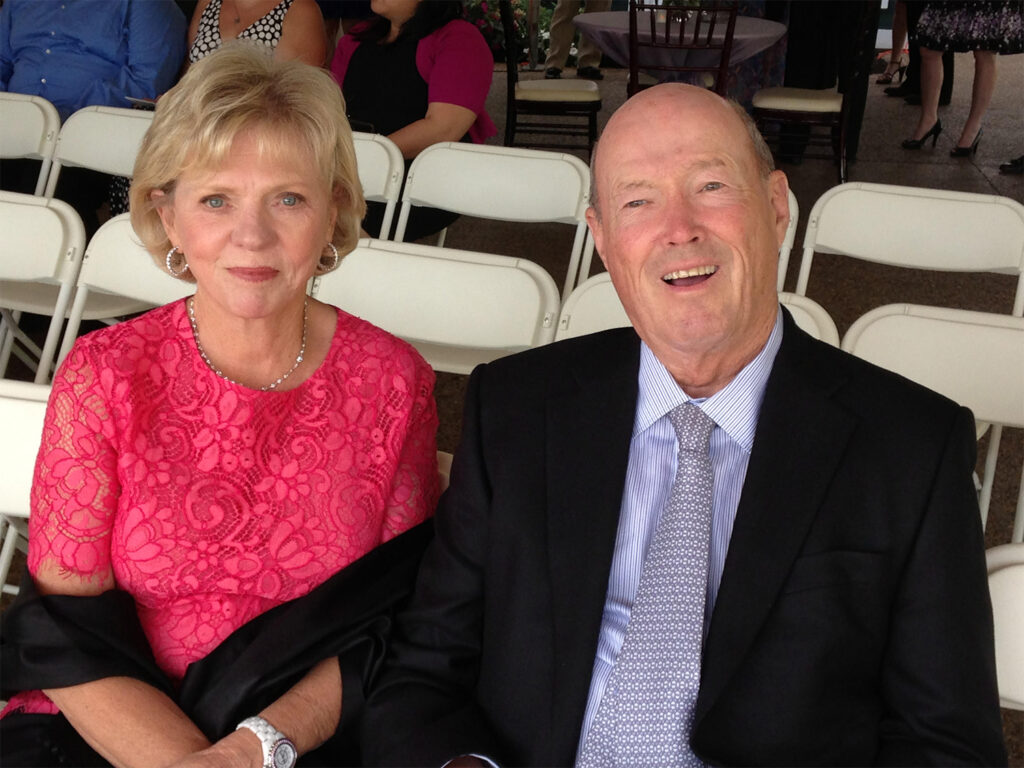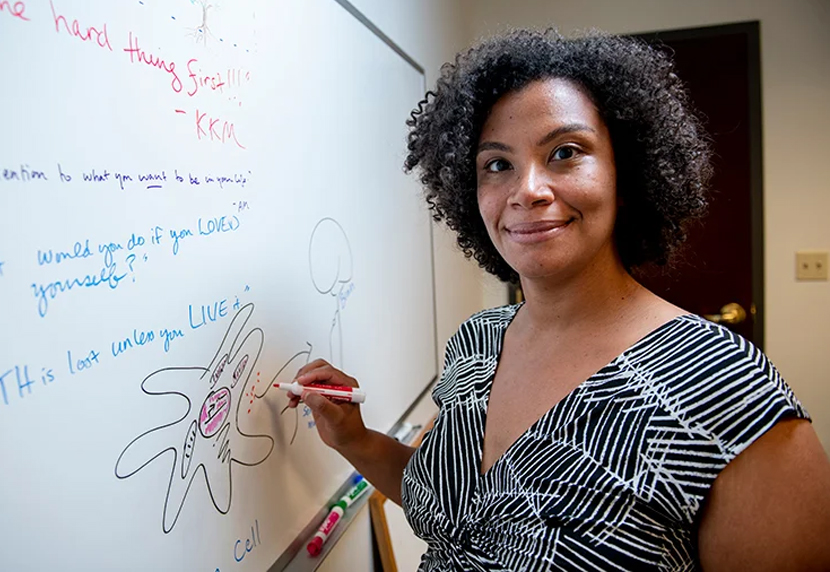When parents are asked about some of the favorite times spent with their kids, one of the most common things they’ll note is the time they spent doing physical activities together. Whether it’s coaching their child’s soccer team, sharing a love of the outdoors, or hanging out in the pool, physical activity is high on the list of positive familial experiences. Despite this fact, we often hear parents lament about how hard it is to get their kids outdoors and physically active, saying things like, “How is it that I, at age 45, am more fit than my 13-year-old?”
One answer is that today’s kids are sitting around a lot more than they used to. The proportion of kids with obesity has more than tripled over the past 40 years, with nearly 1 in 5 children and adolescents experiencing obesity in 2017-2020. Sedentary factors contribute significantly to this problem. According to the American Academy of Pediatrics, children spend an average of seven hours each day on media such as TVs, computers, phones and other electronic devices.
Children and teens who are regularly active have a better chance of a healthy adulthood. They also have lower rates of depression and anxiety. The Physical Activity Guidelines for Americans set forth by the U. S. Department of Health and Human Services recommends that kids and teens should do 60 minutes or more of moderate-to-vigorous physical activity every day! That’s a lot more than most kids in the U.S. are getting. Guidelines also suggest that part of this time be dedicated to “muscle-strengthening” and “bone-strengthening” activities at least three days a week.
Moderate-intensity activities for kids include:
- Walking or hiking
- Rollerblading
- Biking
- Playing at the park on park/playground equipment
Vigorous-intensity aerobic activities for kids include:
- Running
- Active games like “tag”
- Mountain biking or vigorous biking
- Basketball, soccer, field hockey, tennis
- Swimming
Muscle-strengthening activities for kids include:
- Resistance exercises using body weights
- Tree climbing
- Calisthenics such as push-ups and chin-ups
- Climbing and swinging on playground equipment
- Jumping rope
What if you have a child who just doesn’t enjoy getting physical? The first thing to remember is that you set the example through your own physical fitness. You should encourage your child to:
- Participate in a variety of activities that are age-appropriate. For young kids, this may be something as simple as playing in the park. For school-aged kids, it may be throwing a football around in the backyard. For high school students, it may be an hour at the gym with a personal trainer.
- Establish a regular schedule for physical activity. Take your kids with you to the gym and work out with them — plenty of gyms offer family memberships.
- Incorporate activity into daily routines. This can be as simple as going for a bike ride every night after dinner.
But for some kids, it’s not that simple. What can you do for them?
- Think outside the box. Some kids don’t like organized sports. Dancing, rock climbing, fencing, yoga, archery, karate, judo, diving and squash are all examples of outside-of-the-mainstream fitness ideas that kids might like. Keep trying different ideas until something sticks. It’s important to get non-competitive kids enjoying fitness at an early age even if they don’t enjoy organized sports.
- Limit screen time. You’ve heard this before, but it’s worth saying again. Kids who spend less time in front of a screen are more physically active, and limiting the amount of time your kids spend in front of a screen will increase the possibility that they will do something active.
- Be positive. This is especially important if you have a child who is self-conscious about their lack of skill, or is anxious about trying new things. If you have a child who is overweight and out-of-shape, praise their effort, not the outcome. Kids who are sensitive about their skill or performance need encouragement — not nagging or negative comments.
- Use exercise as a reward — not a punishment. For example, say something like, “When we finish cleaning up the dishes, let’s go play on the trampoline.” Or, instead of saying, “When you finish your homework, you can play video games,” say, “When you finish your homework, we can go for a bike ride.”
- Track the family’s progress (if your child can handle the competition). Make it a family competition, and keep track of how much and how often each family member exercises.
- Schedule it. Whether it’s a scheduled karate class, a spin class you attend together, a tennis lesson or a session with a personal trainer, put it on the calendar, and make it a weekly commitment.
Your positive attitude is key. And, by being active yourself and supporting your child’s interests — whatever they may be — you will be helping them develop a habit that is associated with a lifetime of physical and mental health benefits.
This article first appeared on The Clay Center for Young Healthy Minds website, a free, online educational resource that educates parents and other caregivers.






